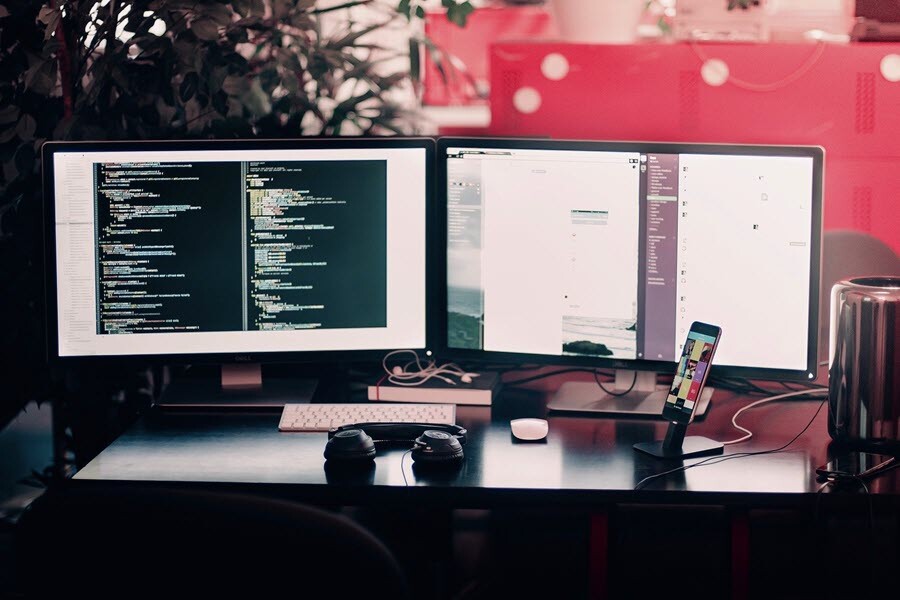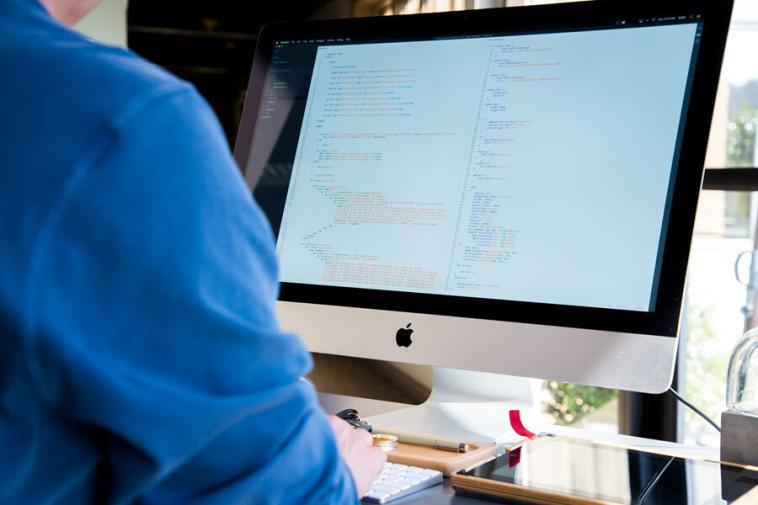An optimized computer is a key to coding productivity. Implementing the right security practices is another thing that decides the success of your day-to-day programming tasks.
Regardless of if you are using Windows, macOS, or Linux, you need to make your computer fit to handle and execute heavy codes multiple times without failure.
Though it seems to be a complex topic, preparing your computer for coding is quite simple. All you need is a little consideration and time to handle everything securely without posing a threat to data stored on the computer.
Before you proceed further to make your computer coding ready, here’s what you need to do initially.
Back Up Your Computer
When you are in the process of optimizing your computer for programming, you must be ready to deal with the challenges that come your way.
The first and foremost challenge is to prevent data loss which may turn up to be a difficult situation to deal with if it results in losing files, folders, presentations, spreadsheets, and other important items.
You can copy data to an external drive so that you can store it offsite with minimum access rights to others. Alternatively, move data cloud storage service to make it available for anywhere and anytime access.
Disable Demanding Apps
Windows users can navigate to the Task Manager by pressing down the Ctrl + Alt + Delete keys. See the apps that you have never used and seem to consume system resources. Disable these apps and then delete them from your computer.
If you are using macOS, go to the task manager in mac, called Activity Monitor, by navigating to the Applications and then Utility. Select the apps that are consuming more resources and are no longer required. Remove them from the computer.
Quit Startup Programs

Controlling startup programs is one of the fastest ways to optimize the computer for coding. Whether you are using Windows or macOS or Linux, several apps activate automatically when you start your computer.
Most of these programs are of no use, demand resources, and make a performance impact on other apps. Identify these programs and remove them from the startup items.
In Windows, go to the Task Manager and select the Startup tab. Select apps and click on the Disable button. On macOS, navigate to the System Preferences, select Users & Groups, tap on your user account, click the Login Items tab, highlight the name of the app, and click on the – button to disable the program.
Uninstall Bloatware
If you have never removed the crapware or bloatware that comes pre-installed on your computer, it’s time to do that. These apps are unnecessary programs that come with your computer but are of no use to end-users.
Windows and Ubuntu computers come with bloatware, while you hardly find them on macOS. These apps are the biggest performance hog as they consume system resources while doing nothing productive and slow down your computer.
Set Up Web Browser
Installing multiple web browsers will allow you to get the advantage of multitasking on your computer. Keep a check on RAM usage to ensure the browsers are not consuming it largely. Popular web browsers such as Chrome, Firefox, or Safari can be the best picks.
Use your main browser for code development and browsing the internet while keeping another one for login to the private accounts for better security. Front-end developers can use multiple browsers for cross-browser testing purposes.
Install Browser Plugins
When installing plugins, get one with development support only. Download third-party plugins from a legitimate resource only with good customer ratings. Browser plugins and extensions downloaded from any random website can have security vulnerabilities.
Delete old and redundant plugging and browser extensions as they are prone to security threats when not updated. Make sure that constant support and updates are available to keep them free from bugs and security risks.
Upgrade Hardware Resources

You need to scale your computer hardware as per your consumption needs. Testing code is a tedious task and demanding too. You need to ensure that sufficient RAM is available all the time to keep the code running.
Most professional programmers prefer Windows and Linux platforms as they are highly scalable. Mac, on the other side, comes with hardware upgrade restrictions. In addition, the cost of upgrading the hardware on an Apple computer can be huge.
Configure Profesional IDE
As a programmer, you must be using a specific technology stack. So, based on your preferences and team’s requirements, install IDEs such as Jetbrains or others and get familiar with some frequently used shortcuts. Also, spend time learning debugging skills.
An IDE allows you to save code snippets, edit a file quickly or read a log file. You can install a lightweight and responsive code editor such as Notepad++ and focus on learning a new programming language to keep yourself updated.



